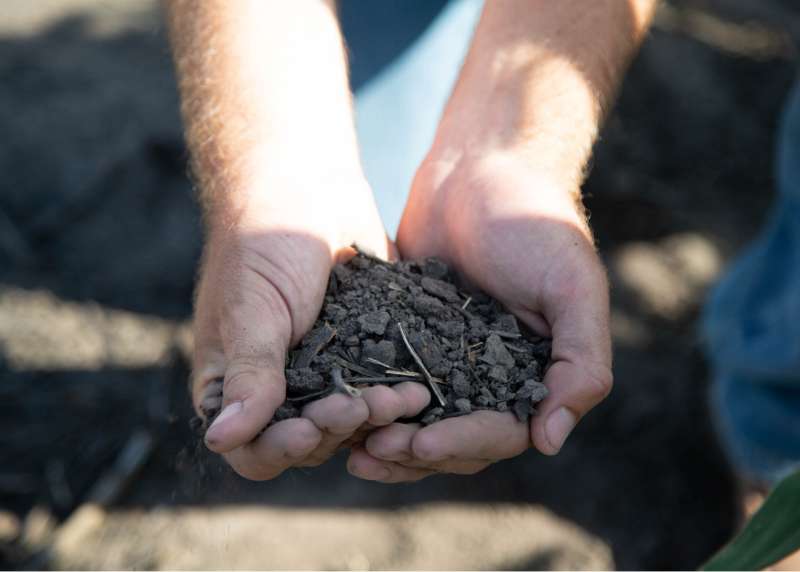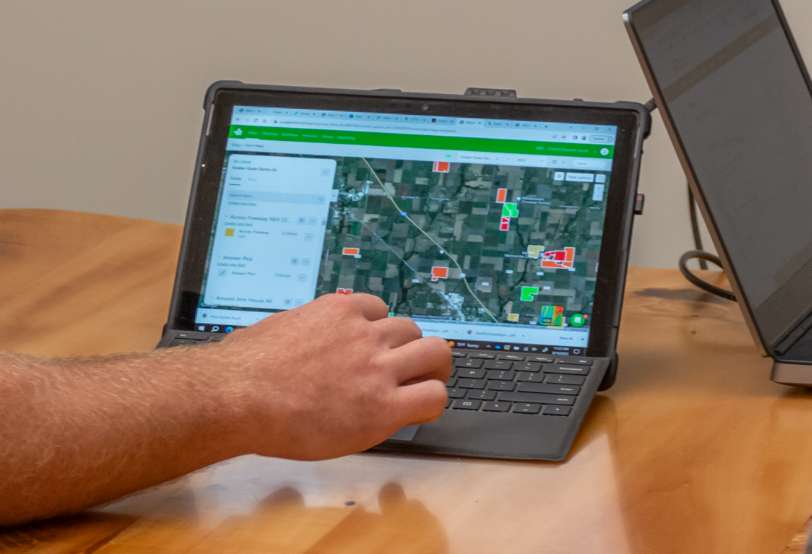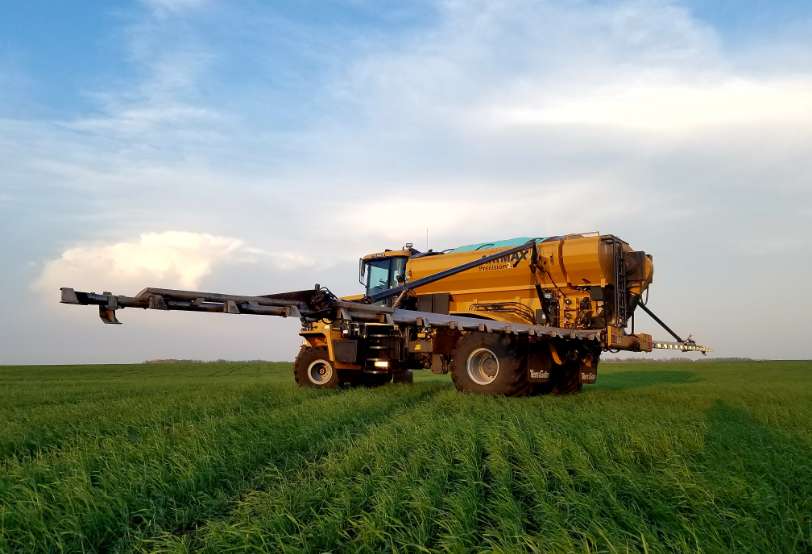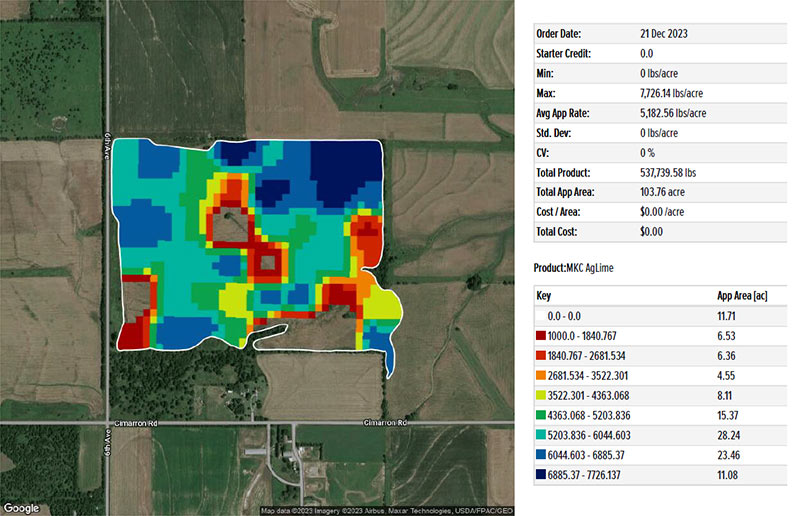VARIABLE-RATE APPLY FERTILIZER AND LIME
The cost of inputs makes it important to properly manage fertilizer and lime applications. Variable-rate technology (VRT) allows us to apply fertilizer across a field according to the needs of the crop and the potential of the soil.
- VRT is a great start to the Optimal Acre Program for any producer.
- You can optimize input costs by applying more product where soil nutrients are deficient and applying either less or none where they are sufficient.
- VRT fertilizer prescriptions are created from GPS grid soil sampling for nitrogen, phosphorus, potassium, zinc, sulfur, and other nutrients, as well as lime for pH.
- MKC uses non-crop-specific fertilizer recommendations to make the recommendation process very simple and consistent over the four-year lifecycle of the grid samples, which allows better planning and forward contracting of products.
- At MKC, we promise you the best experience around grid sampling and variable-rate applications, while still maintaining a high degree of accuracy with our years of experience in both Ag Tech and custom variable-rate applications.




